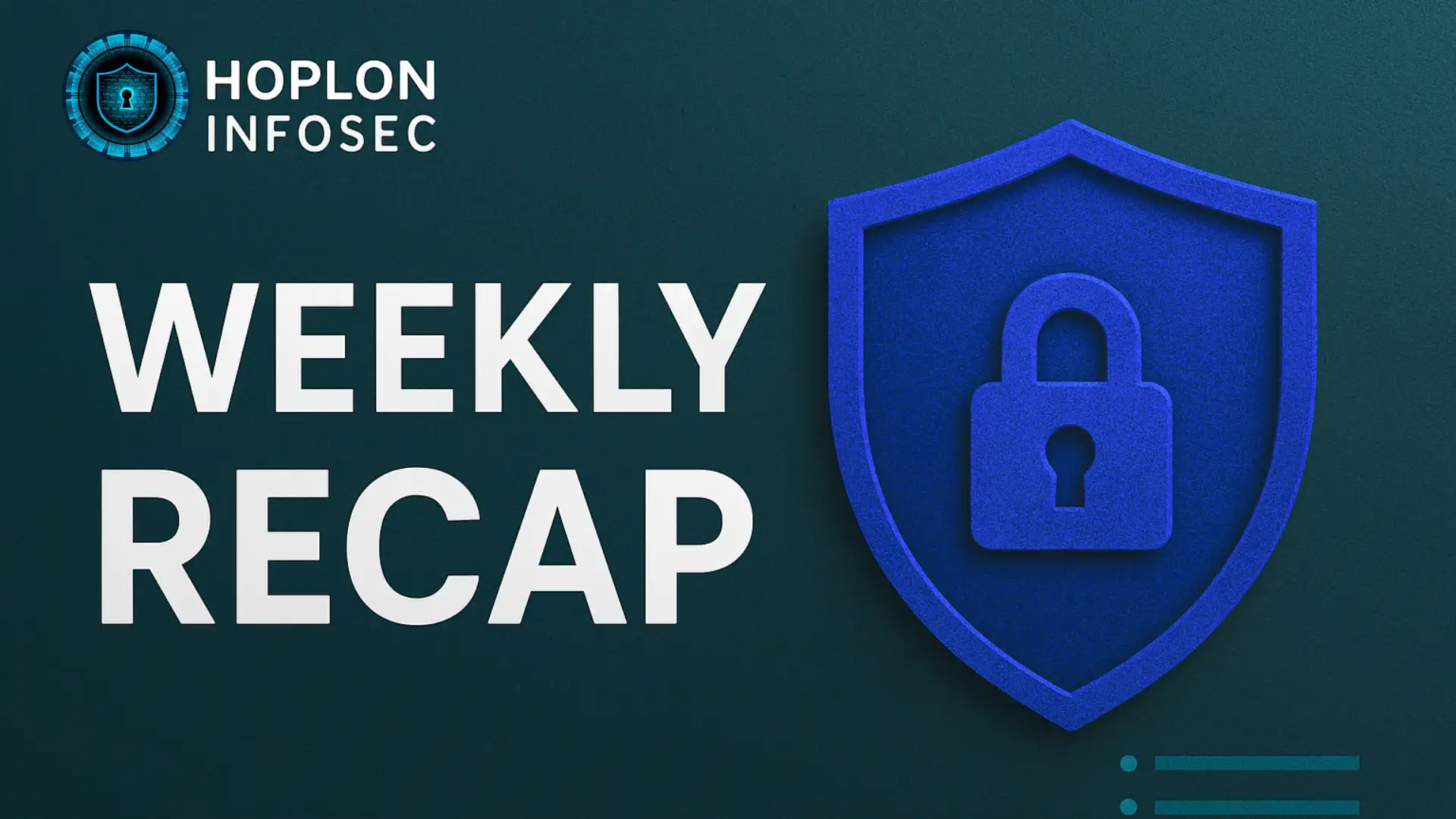Imagine someone breaking into your house, but they’re not picking your door. It’s the cloud. In March 2019, a former engineer, now a hacker, managed to breach Capital One’s cloud firewall and steal the personal data of over 106 million customers. The incident wasn’t a Hollywood script; it was real, and its ripple effects still matter today. Read on this article to know more about ‘Capital One Data Breaches Case Study’.
What Really happened?
Around March 22–23, 2019, Capital One’s cloud environment hosted on Amazon Web Services (AWS) had a serious misconfiguration in its web application firewall. A former AWS software engineer, Paige A. Thompson, discovered that this weak setup allowed her to trick the system into giving her temporary administrative credentials. Once she had access, she ran commands that pulled personal data names, addresses, birth dates, credit scores, and about 140,000 U.S. Social Security numbers out of hundreds of AWS S3 data buckets.
Where Did They Go Wrong? And how!
Capital One had embraced the cloud aggressively; they used AWS to scale, iterate, and innovate. But in doing so, they overlooked crucial cloud-security practices:
- A misconfigured firewall (AWS WAF) allowed server-side request forgery (SSRF) that grabbed IAM credentials from EC2 instance metadata.
- Those credentials had excessive privileges – far more access than needed.
- Once inside, Thompson used AWS command-line tools to list and extract data from numerous S3 buckets with ease.
This one misconfigured firewall led to a months-long data theft operation, and it wasn’t discovered until July 19, 2019, when an unrelated security researcher reported it via Capital One’s bug bounty program.
Who Was Behind It?
The FBI arrested Paige Thompson, a 33-year-old former AWS engineer living in Seattle, nicknamed “erratic” online. She spent over 100 hours scanning for misconfigurations across cloud environments, eventually targeting Capital One. She openly boasted and posted snippets of stolen data on GitHub before her capture. Her failure to fully conceal her tracks helped investigators trace the breach swiftly.
Settlement Payout Date-Capital One Data Breaches Case Study
Let me walk you through the Capital One settlement in a clear, step-by-step way. It’s important info, especially if you were affected.
First, the court gave the green light in early 2022. A federal judge preliminarily approved the $190 million settlement in February 2022. Anyone who had a Capital One credit card or applied between 2005 and early 2019 was eligible, but you had to file a claim by September 30, 2022.
Next came the payout timeline. Cheques and digital payments began to roll out in waves starting September 28, 2023. That was the first batch, and another round of payments followed in September 2024. People have continued receiving payouts in 2025, as processing runs in stages.
Here’s the breakdown of how the process worked:
- Notice & Filing – Once the settlement was approved in early 2022, Capital One notified affected individuals and opened claim filing.
- Claims Deadline – Claim submissions were due by September 30, 2022.
- Admin Review – Over the next year, the claims administrator vetted forms, approved eligible payouts, and organised the distribution.
- Payment Issuance – Starting late 2023, approved claimants received their payments via direct deposit or mailed cheques. A second wave arrived in late 2024.
- Ongoing Services – Regardless of whether someone claimed cash, everyone affected gets identity protection services and credit monitoring until February 2028.
The timing wasn’t a single day; it was a large-scale operation stretched over years. If you filed before the deadline, payment could arrive anytime between late 2023 and now and may continue into 2025 depending on processing speed.
If you’re not sure whether you filed, check your claim status on the official site or call the settlement administrator at 1‑855‑604‑1811. Don’t wait; uncashed cheques may expire, and identity protection is in place, but claims processing is over.
Essential Summary:
- Approved: February 2022
- Filing Deadline: September 30, 2022
- First Payments: Late 2023
- Second Payments: September 2024
- Services Continue Through: February 13, 2028
If you need help confirming your payout or enrolling in protection services, Hoplon Infosec can guide you through it. Your data safety matters, and we’re here to make sure it isn’t lost in the shuffle.
The Fallout: Costs, Laws, and Ripples
- Magnitude: Approximately 100 million U.S. applicants and 6 million Canadians were affected, including around 140,000 Social Security Numbers (SSNs) and about 80,000 bank account numbers.
- Financial Impact: Capital One estimated losses at $100–150 million in 2019 alone, covering legal fees, customer support, system fixes, and identity protection.
- Regulatory Actions: The OCC fined Capital One $80 million for failing to protect consumer data during their cloud migration.
- Legal Fallout: Multiple class-action lawsuits and a settlement fund were established to compensate affected customers.
How People Could Be Attacked and What to Watch For
- Phishing and Social Engineering: Thompson used scanning tools; anyone could use them to hunt for misconfigured AWS ports and metadata access.
- SSRF Scanning: If your firewall or app doesn’t block metadata access, hackers can exploit it to steal credentials.
- Misplaced Privilege: IAM roles should follow “least privilege”. Here, they didn’t make exploitation simple.
- Detection Tips: Monitor unusual API calls to the metadata service, spikes in S3 access, or anomalous CLI operations.
Final Thoughts
This wasn’t a failure of the cloud itself; AWS remained secure, but a failure in Capital One’s own architecture and oversight. It showed the dangers of trusting cloud tools without strict guardrails, vigilant monitoring, and disciplined configuration.
Here’s what Hoplon Infosec can do for you:
At Hoplon Infosec, we help you build a bulletproof cloud environment:
- Audit firewall and IAM configurations
- Harden metadata access.
- Implement continuous Cloud Security Posture Management (CSPM)
- Deploy AI-driven anomaly detection for cloud logs and API calls.
Cloud security isn’t optional; it’s mission-critical. Don’t let misconfiguration be your downfall. Schedule a consultation with Hoplon Infosec today and let us help you protect your data before hackers do.
Resources:
Capital One
Research Gate




